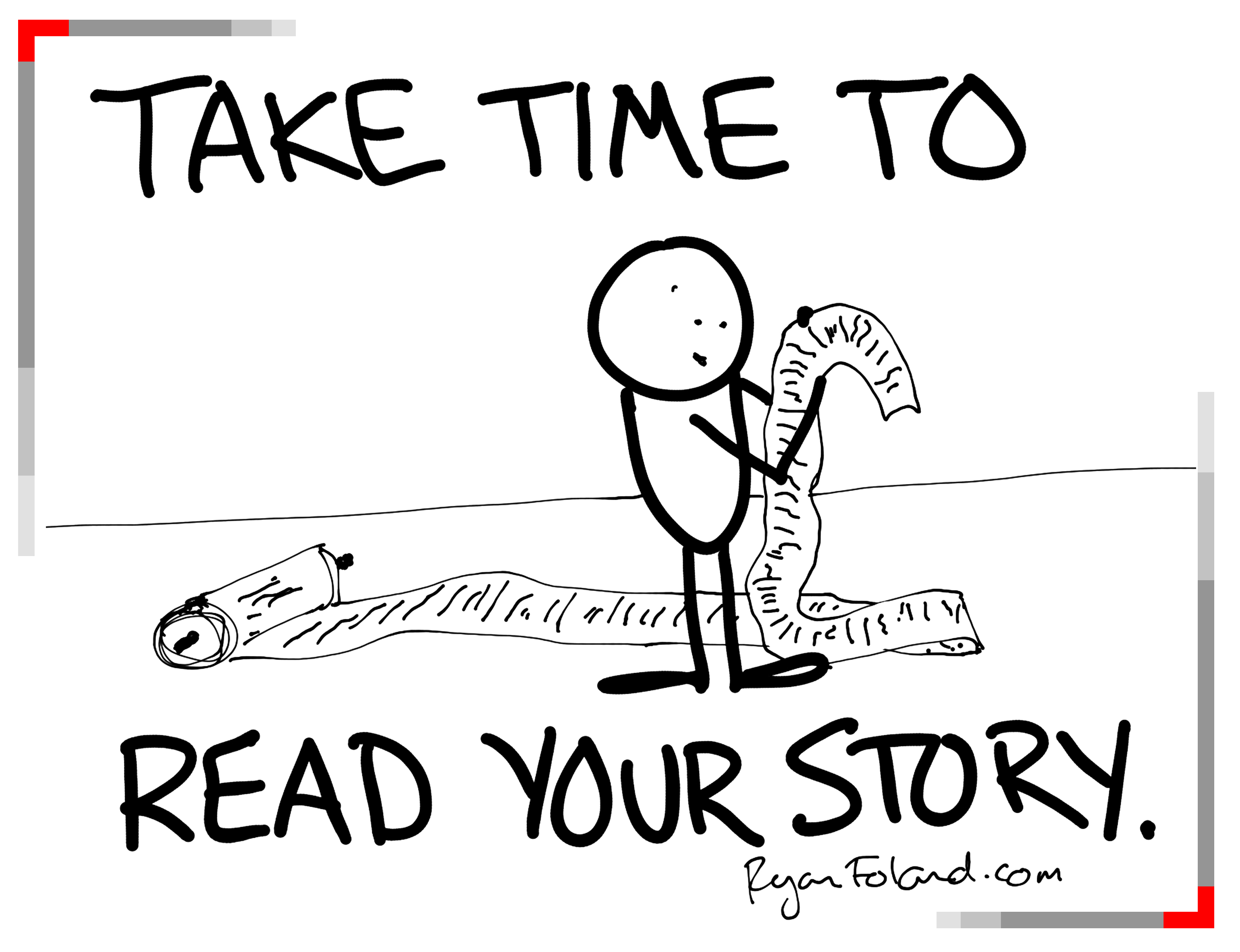Have you been to the movies lately? Or maybe seen a play recently? Or watched Netflix or TV?
Of course you have. And the magic behind the movies, TV, and plays are the actors.
Actors are everywhere.
I help executives build authentic and powerful personal brands so that business comes to them and their leadership is recognized in their industry.
I have a question for you, whether you’re an executive or not.
Are you an actor?

Think about it.
Okay, ready?
Answer. Yes or no? (Dramatic pause as you answer to the computer screen)
Here’s the real answer.
You ARE an actor, whether you know it or not.
You don’t have to be classically trained, you just have to be a living, breathing human.
Why am I telling you that you are an actor? Because you are! You take on different roles throughout the day. You might be different when you’re around executives than you are around your friends, or around somebody you love.
The idea is that we all are actors. I want you to realize that, and I want you to see that this is the key to understanding how to develop a powerful and authentic brand.
Speaking of brands, I have a second question for you.
The question is, do you have a personal brand?
Think about it, and answer. Ready? (Another dramatic pause as you talk to the computer screen)
Yes, you do.
Even if you answered no, you have a personal brand.
The trick is that your personal brand is what other people describe you as when you’re not around. So if you don’t think that you have a brand, that means you’re not controlling the narrative of your brand. That means that other people are doing it for you.
I want to help you today with three steps that will teach you how to take back the narrative and control of your own brand.
Take time in reading your story.

That’s right, you have a story. Every word that you say, every conversation that you hear, every experience that you encounter, it is part of a scene that has to do with the story that is you.
Remember, you’re an actor.
A lot of people just focus forward, and they don’t really focus on what has happened. The first step in developing your brand is devoting time to read your own stories. Think about your story as a script, and you are the actor that’s been playing it out for years.
- What kind of a character do you portray?
- What kind of struggles and challenges do you overcome?
- What is your hero’s journey?
These are things that you need think about. Where will you find the answers? By looking at your past.
The first part of character development to understand your history and how it has influenced who you are today. By reflecting back on what makes you unique, you can start to build your bio to share with people so that they understand who you really are. Read into your own stories and discover elements to include into your bio.
Decide how you want to be seen

You have a choice of how you want to be seen. Basically, your choice is the character that you develop. How do you go about finding the character you want to develop? You can’t just suddenly create the specific character that you want to be. It needs to be who you are, but also it has to take into consideration of what other people think about you.
The following is a fun exercise I run with my clients that will help find or solidify what your brand is; you can do this with Post-it notes (Exciting right!?).
This exploratory exercise helps you see how you see yourself, compared to how the world sees you. This will help you identify exactly what your key areas of strength and weaknesses are.
Step 1. Buy Post-it notes in two colors.
Step 2. On one color, write down one word that describes yourself on as many Post-it notes as you can. This can range from speaker, strategist, branding expert, yoga instructor, communications strategist, mortgage broker, etc., all the way to loyal, trustworthy, happy, fun, etc.
Step 3. Hand out a stack of post-it notes in the other color to people you trust. Try to avoid using one central group, like family members. Diversify. Give them to coworkers, colleagues, people you have limited association with and friends. Otherwise, the results will be skewed.
Step 4. Ask them to write one word of what they think of you, but don’t let them put their name on the note. It needs to be completely anonymous. Make sure to tell them to be completely honest! You can do this by saying, “I need your help. I’m looking to build my personal brand. I want to know what you think about my brand as it is now or what I’m good at. Can you please write down some phrases or words on exactly what you feel about me?”
Step 5. Collect all the Post-it notes. If you have a box, have them all put them in there, so you won’t know what the results are until you open them. If you approached your trusted advisors correctly, they will want to help you out and provide accurate responses. After you get them all, you will have a wide range of results that accurately describe you. Make sure to not be offended by the responses.
Step 6. Dump out the Post-it notes from others on the other side of the ones you made for yourself. Start to read through these. This is important because this is a good indication of what your brand is in the real world.
Step 7. Start to cluster your Post-it notes that are similar together.
When you do this, you will begin to see some of these clusters merge together. This is a strong indicator of your strengths. When you find the key areas that intersect, you’re onto something as far as what brand you should be representing in the world.
The intersection of what people think about you and what you want to be known for is where the magic happens. Think of it as your own character development. It is time to start taking control of your brand story.
Start writing scenes, and sharing them

That’s right, every moment in your life, the situations you are in, the ideas that you have, those are where you can find your content. If you look, you will find thought-leadership pieces hidden within scenes in your life. So when you’re encountering different scenes, or you want to be seen in a certain way, help to write those scenes.
It could be a video, it could be a thought-leadership article, it could be a blog, it could be a tweet, it could be a Facebook post. All the content that you create are the scenes that help to determine the character that you are in this larger brand story for yourself. And then when people see or read your stories, they will learn who you are and start to understand your brand. They will start to see you how you want to be seen!
Remember: you are an actor because you take on different roles all the time, but if you’re not controlling and owning your own personal brand, then somebody else is controlling that narrative. What you need to do is look back at your story, focus on your bio so that you have your character developed. Then you need to figure out the intersection between what people think about you and what you want to be known for.
That is your character.
Then start taking control of the narrative by writing your own scenes. Before you know it, when you go to the movie theater, it’s your movie theater, because it’s your movie, because you’re an actor and you get to choose.
What I love about helping people find and take ownership of their brand story is developing those characters and helping them find a way to create these scenes and share that content throughout.
Learn more about me and my brand by visiting RyanFoland.com and my learn about my courses at InfluenceTree.com.
If the process of taking control of your brand is intimidating, I can help.
This is a Contributor Post. Opinions expressed here are opinions of the Contributor. Influencive does not endorse or review brands mentioned; does not and cannot investigate relationships with brands, products, and people mentioned and is up to the Contributor to disclose. Contributors, amongst other accounts and articles may be professional fee-based.

